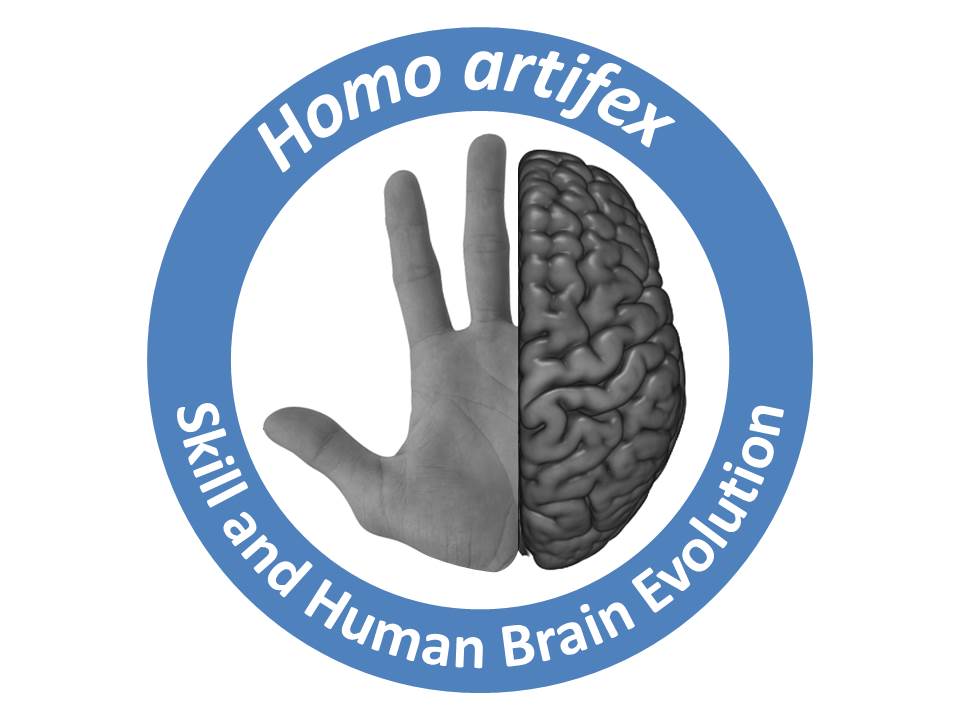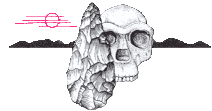The Stone Age Institute and
IU's Cognitive Science Program
present
Dr. Dietrich Stout


Monday October 10th, 2016
6 pm in Woodburn Hall Rm. 101
Indiana University, Bloomington
The lecture is free and open to the public
Dr. Dietrich Stout is an Associate Professor of Anthropology at Emory University. He received his Ph.D. in Paleoanthropology in 2003 from Indiana University, Bloomington, where he studied with Nicholas Toth and Kathy Schick. He served as a Visiting Assistant Professor in Anthropology at George Washington University for 1 year and as a Lecturer (equivalent U.S. Asst. Prof.) in Paleolithic Archaeology at the University College London Institute of Archaeology for 4 years before relocating to Emory in 2009. His research focus on Paleolithic stone tool-making and brain evolution integrates field research at Plio-Pleistocene archaeological sites in Ethiopia with laboratory methods ranging from artifact analysis and experimental replication to brain imaging and psychometric testing.
Abstract:
Humans are paradoxically successful for a large bodied primate with slowly developing young and a large, costly brain. Even without agriculture, it has been estimated that Homo sapiens would have attained a global population of more than 70 million and a total biomass greater than any other large vertebrate. Theorists since Darwin have attributed this success to a diverse assortment of putatively unique human traits ranging from tool-use and language to cooperation and “high-fidelity” imitative learning. Progress in the cognitive sciences now suggests that this superficial diversity might be integrated under the unifying concept of skill learning. Language, tool-making and social reasoning are all culturally transmitted skills acquired through extended practice and exhibiting overlapping cognitive demands. Although stone tools provide only the narrowest keyhole view of the lives of our ancestors, this extended theoretical framework provides new opportunities for squeezing insight from enigmatic stones. By deploying methods from the neural and behavioral sciences to better understand this archaeologically visible behavior, we can hope to more broadly illuminate the evolution of the human mind, brain and culture.
This lecture is presented in partnership with a grant from the John Templeton Foundation.

